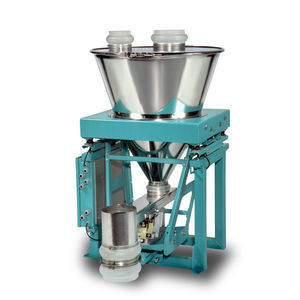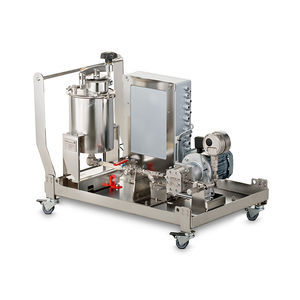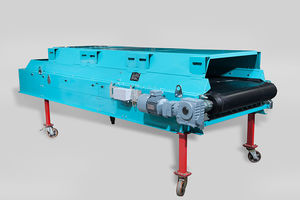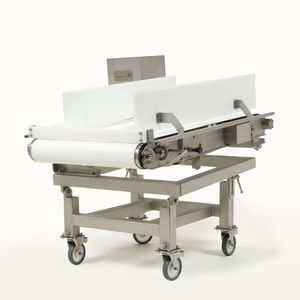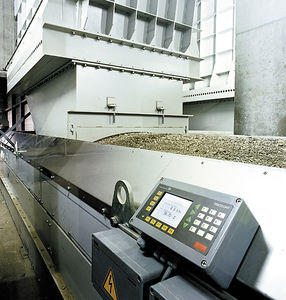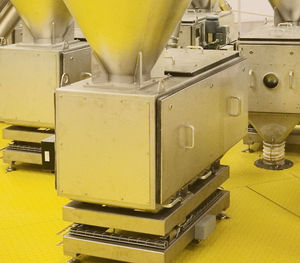
- Packing - Handling - Logistics
- Conveying
- Pneumatic conveying rotary valve
- Schenck Process Holding GmbH

- Company
- Products
- Catalogs
- News & Trends
- Exhibitions
Blow-through rotary valve MultiCell AFfor pneumatic conveyingATEX

Add to favorites
Compare this product
Characteristics
- Applications
- for pneumatic conveying
- Type
- blow-through
- Other characteristics
- ATEX
Description
The MultiCell AF Blow-through rotary valve is used as a feeding device to directly feed of non-homogeneous alternative fuels into pneumatic conveying lines at conveying pressures of up to 350 mbar. Designed for the Cement, Lime, Gypsum and Power industries, a high material conveying to air ratio is achieved through the geometry of the MultiCell AF’s inlet, chambers, conveying channel and outlet, ensuring efficient material flow into the pneumatic conveying line. Our customers benefit from the ease of operation, high efficiency performance, energy savings, reliability and minimal maintenance.
The robust design and performance of the MultiCell AF is capable of feeding a wide range of alternative fuels including:
• solid recovered fuel (SRF)
• refuse derived fuel (RDF)
• shredded plastics and tire chips
• foil chips
• conditioned sewage sludge
• wood chips and saw dust
• palm kernel and nut shells
• rice husk
• animal meal
• and various mixed combinations
Product Features:
• slide in seal
• soft and hard seal option
• wear lining on flat flanges and cylindrical body
• variable nozzles adjustable in operation
• cleaning knife
• TorqLOC® drive
Available in three ATEX compliant category II 1D/3D models:
• MultiCell AF 7
• MultiCell AF 15
• MultiCell AF 20
Optional DIN EN14460:2007 10 bar pressure shockproof conformity for MultiCell AF 7 and MultiCell AF 15.
VIDEO
Catalogs
No catalogs are available for this product.
See all of Schenck Process Holding GmbH‘s catalogsRelated Searches
- Rail conveyor
- Belt conveyor
- Horizontal rail conveyor
- Conveyor for the food industry
- Feeder
- Inclined conveyor
- Drag chain conveyor
- Stainless steel conveyor
- Materials handling conveyor
- Bulk products conveyor
- Automated feeder
- Solid dispensing system
- Dosing unit for the food industry
- Loading and unloading system
- Discharge conveyor
- Curved rail conveyor
- Conveyor for the pharmaceutical industry
- Vertical rail conveyor
- Vibrating feeder
- Pneumatic conveying system
*Prices are pre-tax. They exclude delivery charges and customs duties and do not include additional charges for installation or activation options. Prices are indicative only and may vary by country, with changes to the cost of raw materials and exchange rates.





